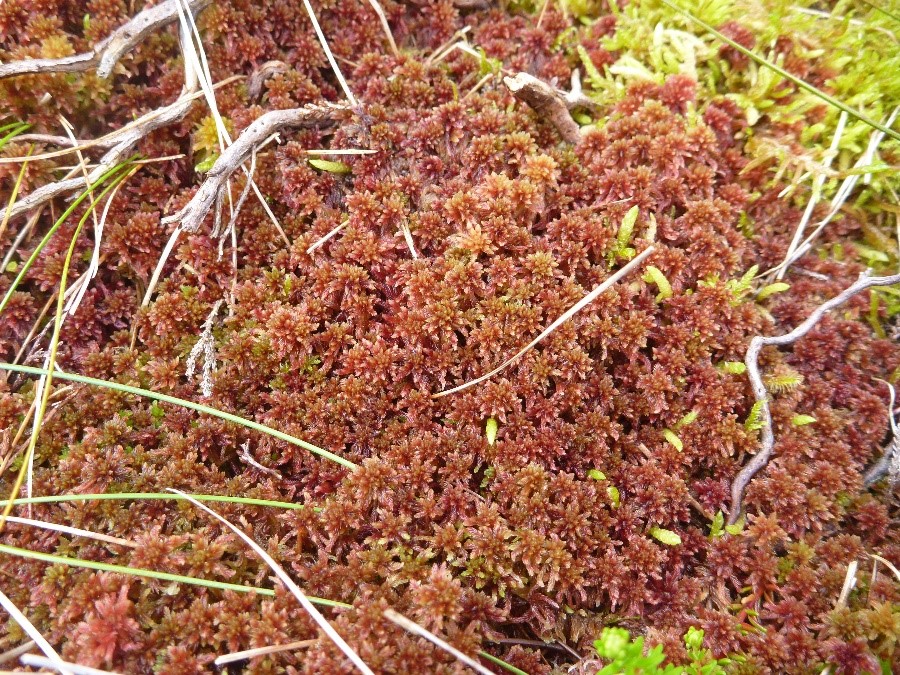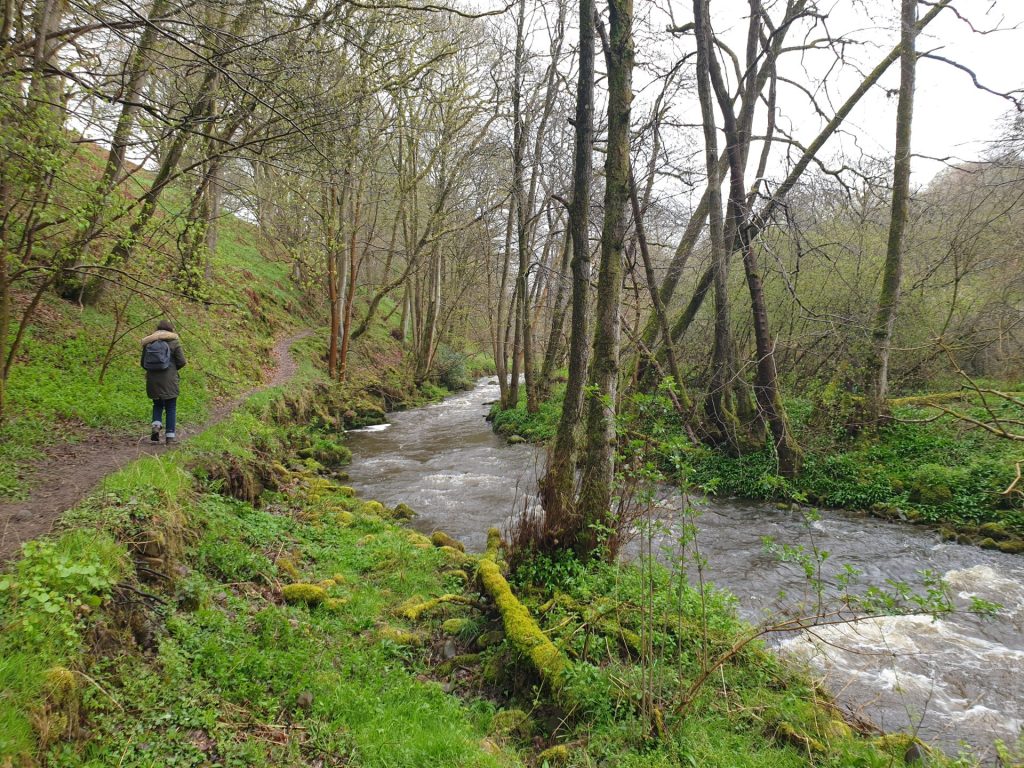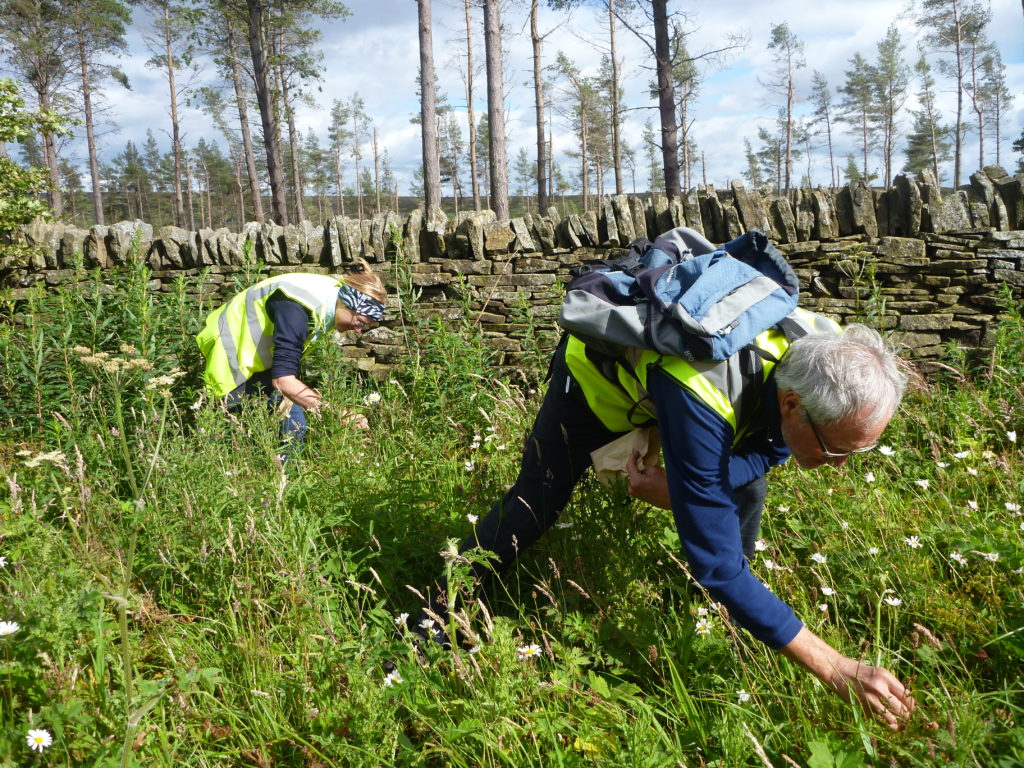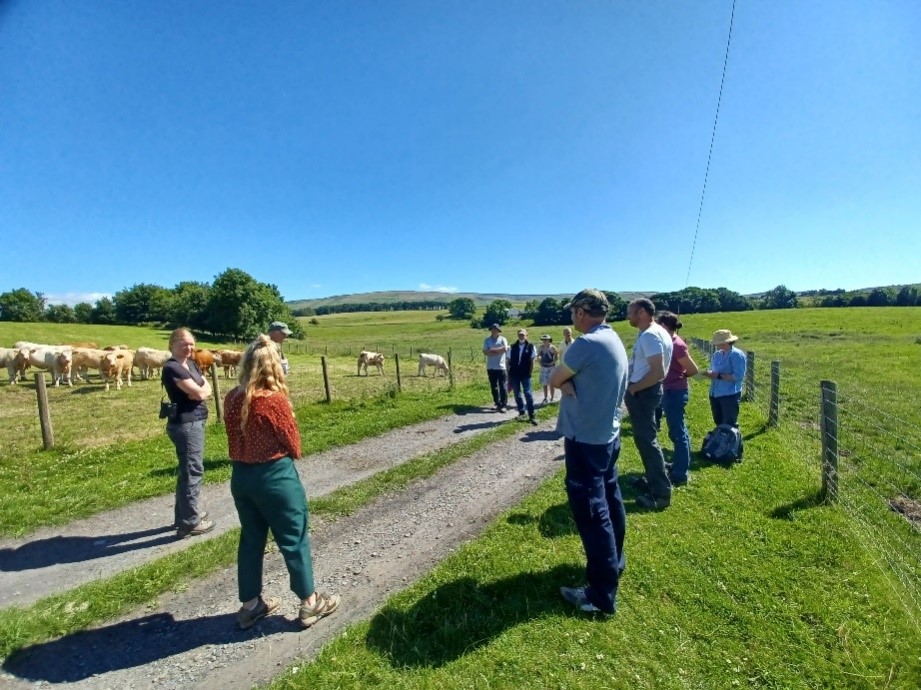What we do
Sphagnum re-establishment
The final step in the process of peatland restoration is the reintroduction of Sphagnum moss to areas from which it has been lost or is declining to further speed up the process of revegetation. Sphagnum mosses can be added in several different forms to the wetter areas of sites to help retain water and prevent the bare peat from drying out.
Sphagnum moss can be reintroduced as clumps, plugs, pellets, beads, gel or slime. The most commonly used techniques are clumps, plugs and pellets.
Clumps are handfuls of Sphagnum moss collected from healthy donor sites and transplanted into restoration sites by hand. They are a highly effective technique for re-establishing Sphagnum moss relatively quickly.
Plugs are strands of Sphagnum moss grown by specialist nurseries which are planted in restoration sites by hand. Although much smaller than clumps, they are also a highly effective technique.
Pellets are spores of Sphagnum moss coated in clay which breaks down once spread onto moist ground. They are spread over restoration sites by hand or machinery but are much slower to become established.
Beads, gels and slimes are fragments of Sphagnum moss suspended in various substances to allow for easy spreading by hand or spray pump. These methods are also much slower to become established.
Sphagnum moss is a vital feature of peatlands that contributes significantly to their ability to hold water, mitigating flooding, and form peat, mitigating climate change.
















